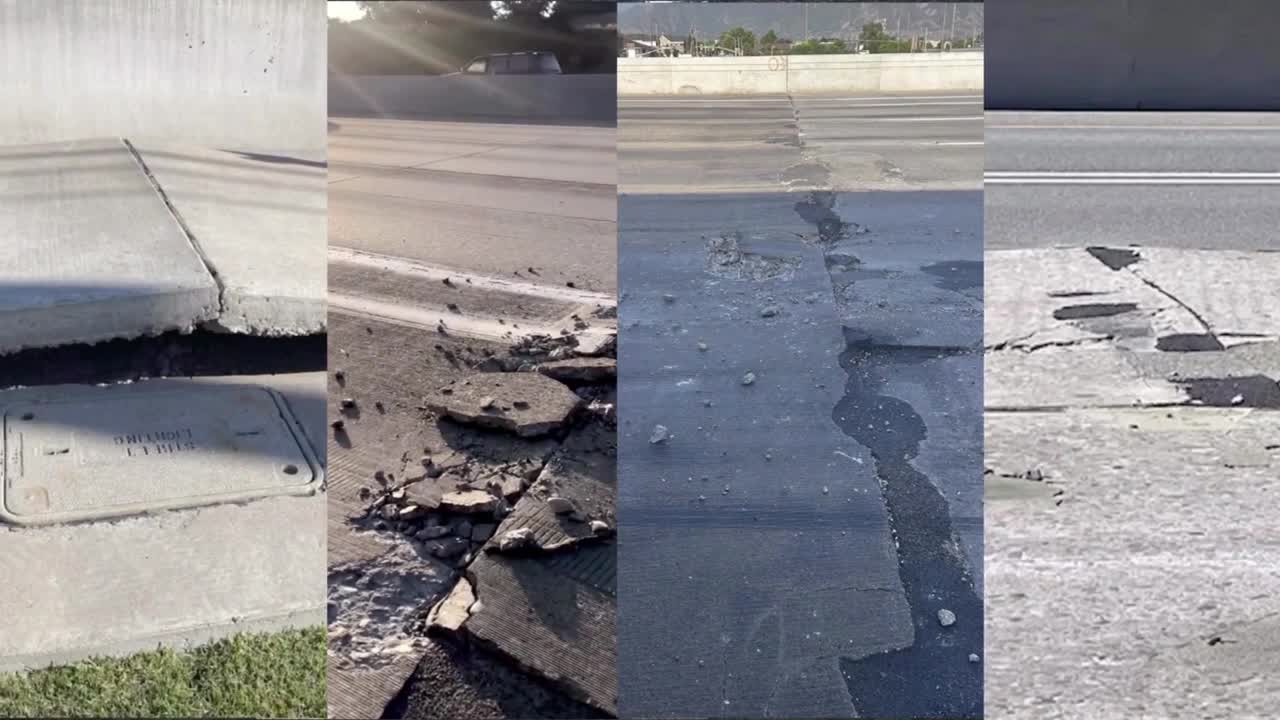OGDEN, Utah — Earlier this summer, a stretch of road at 13th Street and Washington Boulevard in Ogden buckled under the heat, leaving a noticeable hump in the concrete and a safety concern for drivers.
FOX 13 News obtained photos from June showing the damaged road before repairs. It’s just one of several buckling incidents reported this summer across Utah.
So, what exactly is road buckling, and why does it happen? “We know it’s going to happen every summer,” said Mitch Shaw, spokesperson for the Utah Department of Transportation. “But it’s a situation where it’s hard to predict; it can happen anywhere we have a concrete road.”
Concrete is designed to expand when it heats up and contract when it cools. But during heat waves, especially when nighttime temperatures stay warm, the pavement doesn’t get the chance to cool down. That pressure builds up until the concrete has nowhere to go but up.
“When temperatures don’t cool off, the concrete expands and has nowhere to go but up,” Shaw said.
And if there’s rainfall before a heat spike? That makes it worse. “Rain followed by extreme heat can make a buckle even more likely,” Shaw added.
UDOT says the risk of road buckling spikes when temperatures climb into the 90s, and once triple digits hit, it becomes much more common.
One contributing factor is something UDOT calls “road grit,” — tiny rocks and debris that get stuck between the concrete joints. When that happens, the concrete can’t expand properly, making buckling more likely, Shaw said.
To help prevent that, UDOT has started adding a base layer of asphalt beneath some sections of concrete road. “We’re finding that helps,” Shaw said. “It prevents that road grit from getting between the concrete joints.”
While UDOT continues to monitor roads and test prevention methods, Shaw says road buckling is ultimately unpredictable. If drivers spot uneven pavement or a rise in the roadway, they’re urged to call UDOT’s hotline at 801-965-4000 or dial 911 if it’s a safety emergency.




